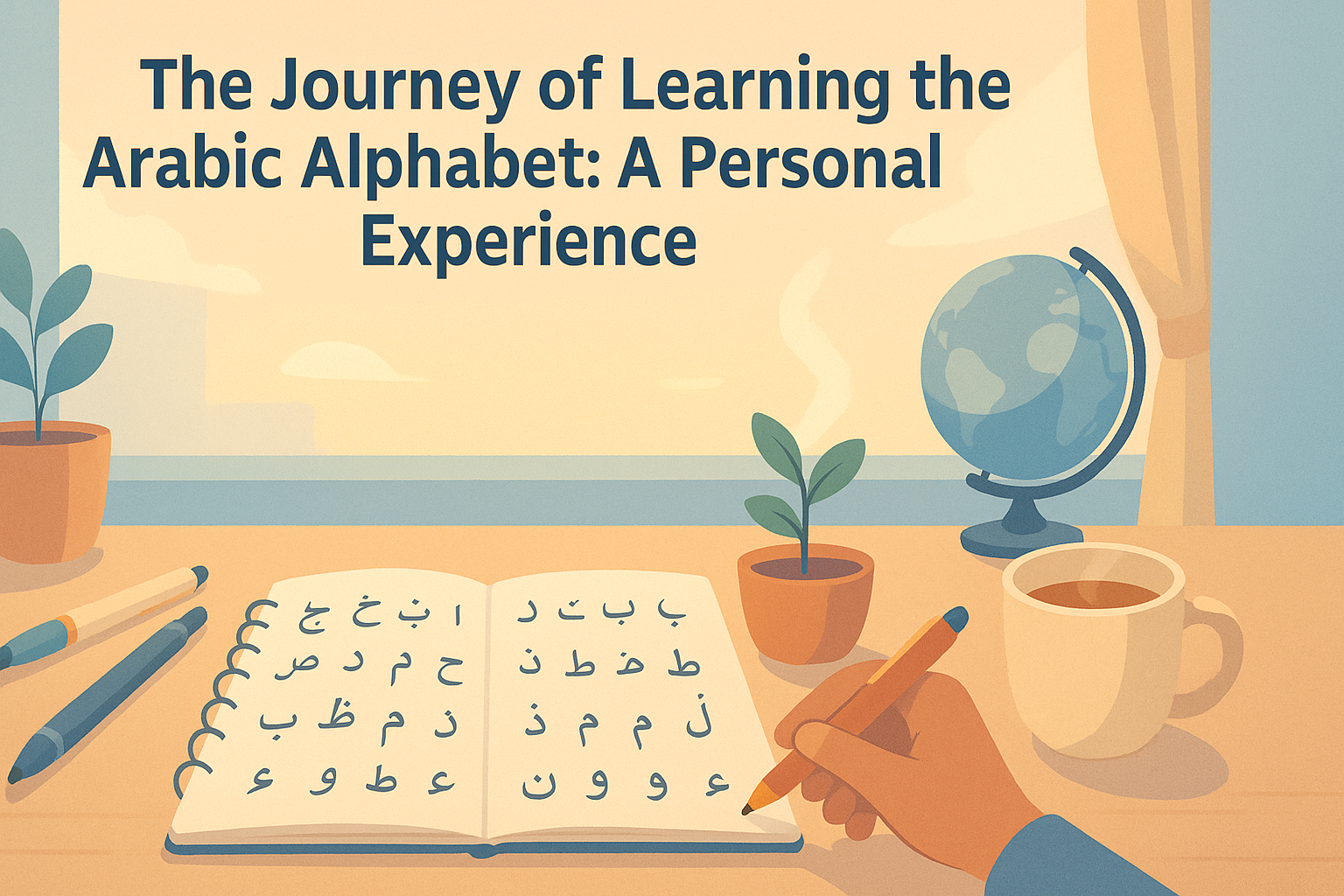The Journey of Learning the Arabic Alphabet: A Personal Experience
Embarking on the journey of learning the Arabic alphabet can be as thrilling as it is challenging. Whether you’re drawn by its beautiful script or its cultural richness, the process can be deeply rewarding. Here’s a look into my personal experience with learning the Arabic alphabet, along with some tips and insights for those who are ready to start their own journey.
Table of Contents
1. The Initial Curiosity 🌟
2. Understanding the Basics 📚
3. Challenges Along the Way 🚧
4. Strategies for Mastery 🏆
5. Conclusion: Embracing the Journey 🚀
6. FAQs 🤔
The Initial Curiosity 🌟
My fascination with the Arabic alphabet began during a trip to Morocco. The intricate calligraphy adorning the walls of mosques and the rhythmic flow of the language captivated me. I knew I wanted to delve deeper and learn not just how to speak Arabic, but also how to read and write it.
Understanding the Basics 📚
Before diving into the letters themselves, I spent some time understanding the structure of the Arabic language. Arabic is written from right to left and consists of 28 letters. Unlike the English alphabet, each letter can have up to four different forms depending on its position in a word.

Here’s a quick tip: Start by familiarizing yourself with the standalone forms of the letters. This will give you a solid foundation to build upon as you progress.
Challenges Along the Way 🚧
Learning the Arabic alphabet was not without its hurdles. One of the significant challenges I faced was differentiating between letters that look similar and have subtle differences. Furthermore, understanding the different sounds each letter can represent depending on its position was initially perplexing.
However, persistence is key! Regular practice and exposure to the language in its native context gradually made these challenges manageable.
Strategies for Mastery 🏆
Here are some strategies that helped me master the Arabic alphabet:
1. Use Flashcards: Create flashcards for each letter and its different forms. This visual aid can significantly enhance your memorization.
2. Practice Writing: Practice writing out the alphabet daily. This not only helps with memorization but also improves your handwriting and familiarity with the script.
3. Engage with Native Content: Immerse yourself in Arabic content, such as books, music, and movies. This exposure will reinforce your learning and help you understand the practical application of the letters.
Conclusion: Embracing the Journey 🚀
Learning the Arabic alphabet is an enriching experience that opens up a world of cultural and linguistic understanding. While the journey may be challenging, the rewards of perseverance are immense. Embrace each step of the way, and remember that every new letter learned is a step closer to fluency.
FAQs 🤔
Q1: How long does it take to learn the Arabic alphabet?
A: The time it takes can vary depending on your dedication and practice. On average, with consistent daily practice, you can learn the basics of the alphabet in a few weeks.
Q2: What are some resources for learning the Arabic alphabet?
A: There are numerous online resources, including websites, apps like Duolingo and Memrise, and YouTube tutorials that offer comprehensive lessons on the Arabic alphabet.
Q3: Is it necessary to learn the Arabic alphabet to speak Arabic?
A: While it’s possible to learn spoken Arabic without reading and writing, knowing the alphabet enhances your understanding and allows you to read and write, which is crucial for full language proficiency.
Q4: Can I learn the Arabic alphabet on my own?
A: Yes, self-study is possible with the right resources and dedication. However, joining a language class or finding a language partner can provide additional support and motivation.






